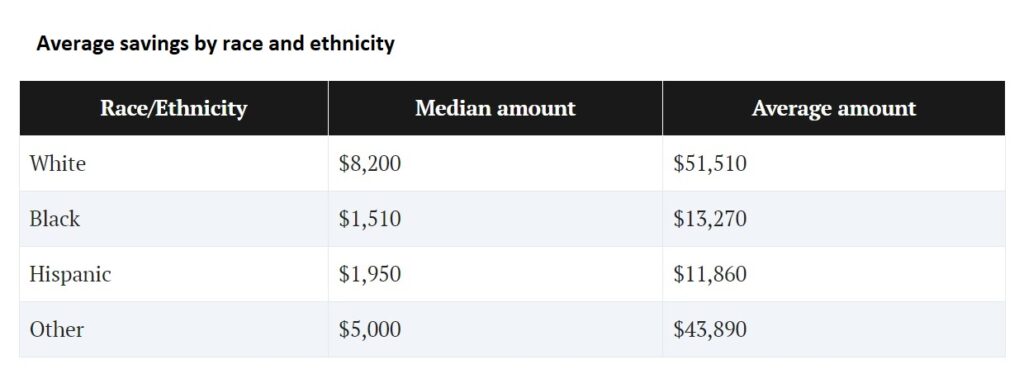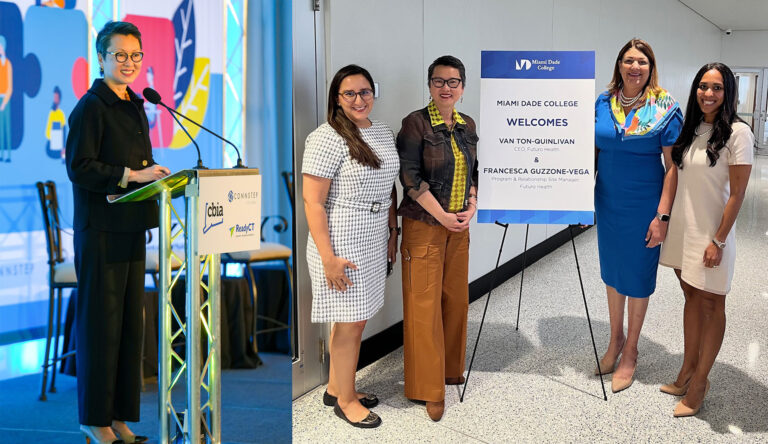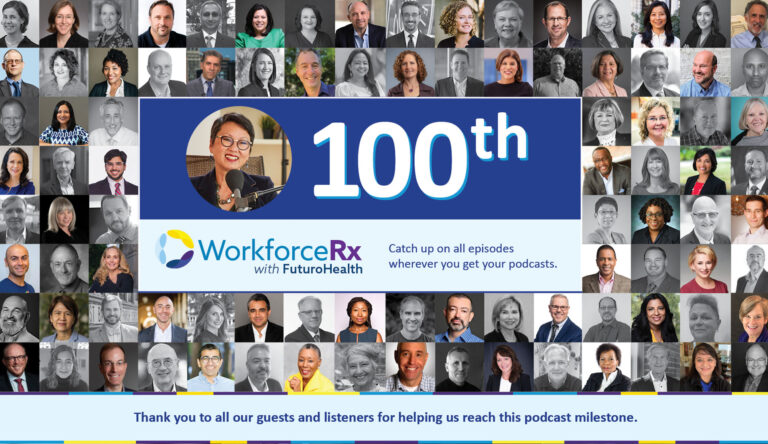
By: Van Ton-Quinlivan
Education and training are requisites in the highly credentialed field of care. Nowadays, however, it is difficult to avoid news surrounding the burden of student debt and the long-term consequences it imposes on borrowers. With punitive interest rates reaching as high as 15% annually, it’s not uncommon to hear stories of students who graduated with five-figure student loans, which can put things like homeownership and a better life out of reach. I recently reviewed student debt data for California and was shocked by the increase to an average of $37,084 student debt in 2022, up sharply from $21,125 during the 2019-20 pre-pandemic years. Curious about the broader picture, I researched national student debt figures, only to verify that California is not an anomaly, with the average student debt across all 50 states being comparable during this same time.
With the temporary relief of the three-year freeze on student loan interest and payments coming to an end this fall, shifting the conversation from providing temporary student debt forgiveness to a more comprehensive exploration of long-term solutions can aid the field of healthcare where skilled workers are in short supply.
The Ripple Effects of Rising Student Debt
Student debt, combined with overall cost-of-living increases, has had an impact on the average savings account balances across different racial and ethnic groups, with a disproportionate burden of student debt among Black and Hispanic students compared to white borrowers. According to data from the Federal Reserve, this stems from various factors, including systemic inequalities, limited access to resources, and a higher likelihood of attending for-profit institutions with higher tuition costs.

Given how enrollment in universities and community colleges have trended downward during and after the pandemic, states are offering up incentives – such as free community college – to entice learners to return.
For healthcare specifically, diversifying the workforce is a business imperative. Given that healthcare outcomes are shown to improve when those who provide care mirror the communities they serve, the sector is wrestling with how to address its skilled worker shortages. For individuals with the willingness to put in the effort to secure a better life and opportunity, debt is clearly a prohibitive barrier – we heard the same in our focus groups. And this need not be the case. By removing the ogre of adding to education debt thanks to our funders, Futuro Health has brought forth an otherwise hidden workforce into the field of care.
Take Ebonie C., a Futuro Health Scholar who recently completed tuition-free training as a Patient Care Representative. Ebonie spent years working the nightshift at local homeless shelters to provide for her family, never losing sight of her commitment to helping people. Ebonie grew up learning first-hand the importance of comprehensive patient care, having two parents who lived with amputations. Ebonie’s dream job is to be a wound care nurse, and today she is debt-free as a Futuro Health Scholar and one step closer to that dream as she explores new job opportunities.

Ebonie is not alone. Many have entered the field of healthcare once given an opportunity without the burden of more debt. You can watch more Futuro Health Scholar stories here.
Building Systemic Change
Among the many guests I have interviewed for my WorkforceRx podcast on the issue of building debt-free paths to education was Sameer Gadkaree, President & CEO of The Institute for College Access and Success (TICAS), a leader in the national conversation on advancing college affordability. During our discussion, Sameer explained that whether it’s for an occupational program, a degree program, or graduate program, one of the pernicious things that happens is that we’re asking students to bet on themselves. Sameer explained that a couple of decades ago, tuition was sufficiently lower, and grants were more generous, so people weren’t taking on the significant amount of debt that we see today. Nowadays, things have shifted to individuals taking on all the risk of pursuing an education, but they haven’t gotten an economic benefit from it.
Sameer, like others, advocates building systemic changes to address issues around access, affordability and higher education, and has been encouraged by the number of apprenticeship models across the country that integrate a college degree, offer a job, and provide real-world experience while paired with the education that would help a student get ahead. Listen to the entire podcast with Sameer here.
Shaping Public Policy Dialogues
I look forward to sharing what we learned at Futuro Health as best practices in my upcoming keynote at the Healthcare Workforce Summit convening hosted by the National Governors Association (NGA). Leadership teams from twenty states, including state agency leads and staff from offices of governors, will converge in Colorado to discuss innovative solutions to healthcare workforce challenges. No doubt debt and affordability will come up as barriers to enlarging the workforce. Look to the next blog as I highlight what is on the mind of these state leaders.
Futuro Health CEO Van Ton-Quinlivan is a nationally recognized expert in workforce development. Her distinguished career spans the private, public, and nonprofit sectors. She is a White House Champion of Change and California Steward Leader, and formerly served as Executive Vice Chancellor of the California Community Colleges.



